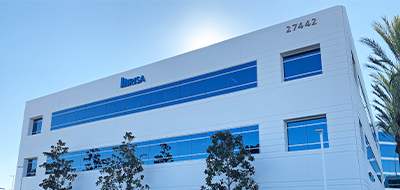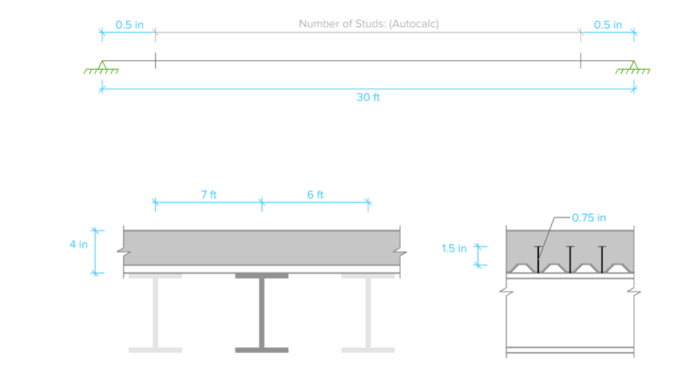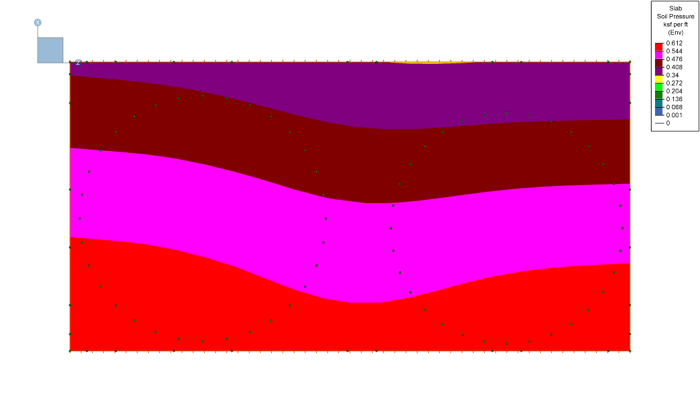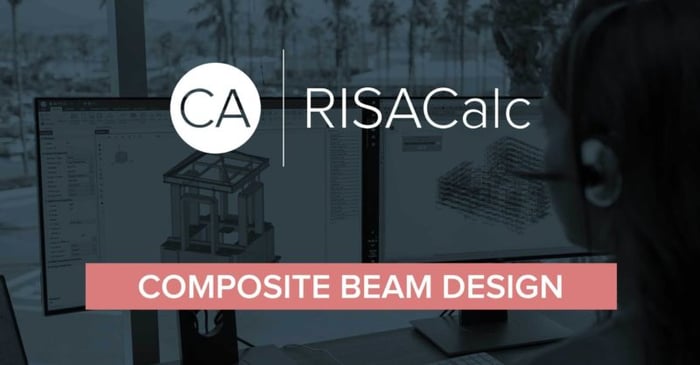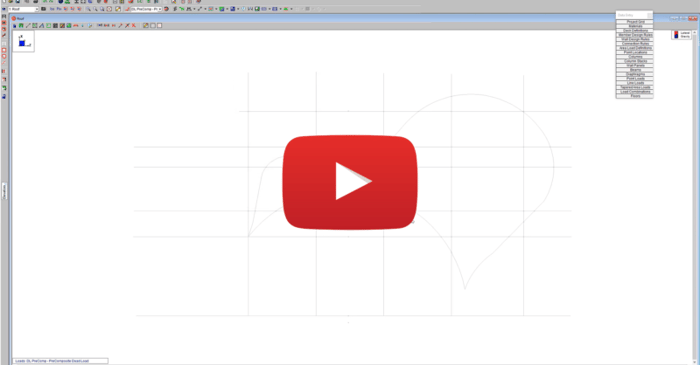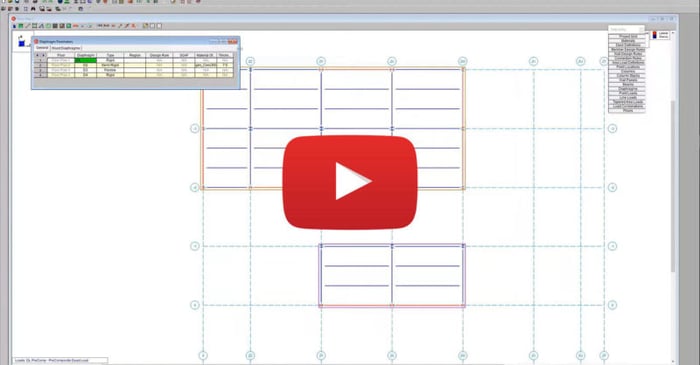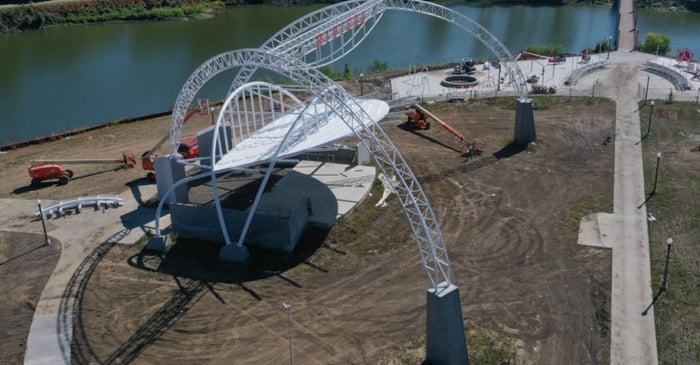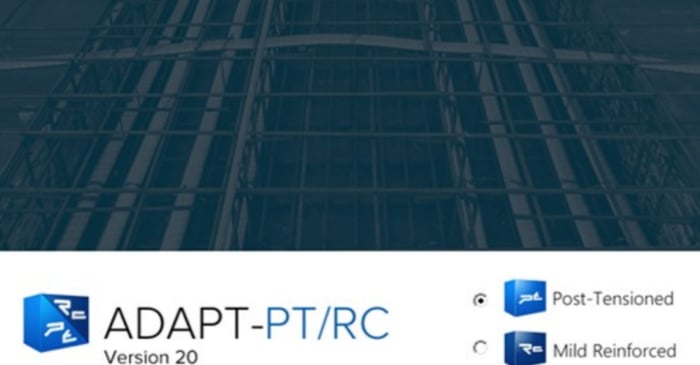
March 12, 2021
ADAPT-PT/RC Version 20.0 is now available!
Updated Design Codes: ACI 318-19 ADAPT-PT/RC has been updated to include applicable provisions from ACI318-19: Building Code Requirements for Structural Concrete. The provisions in the latest design standard that have been included in ADAPT-PT/RC include but are not limited to:



